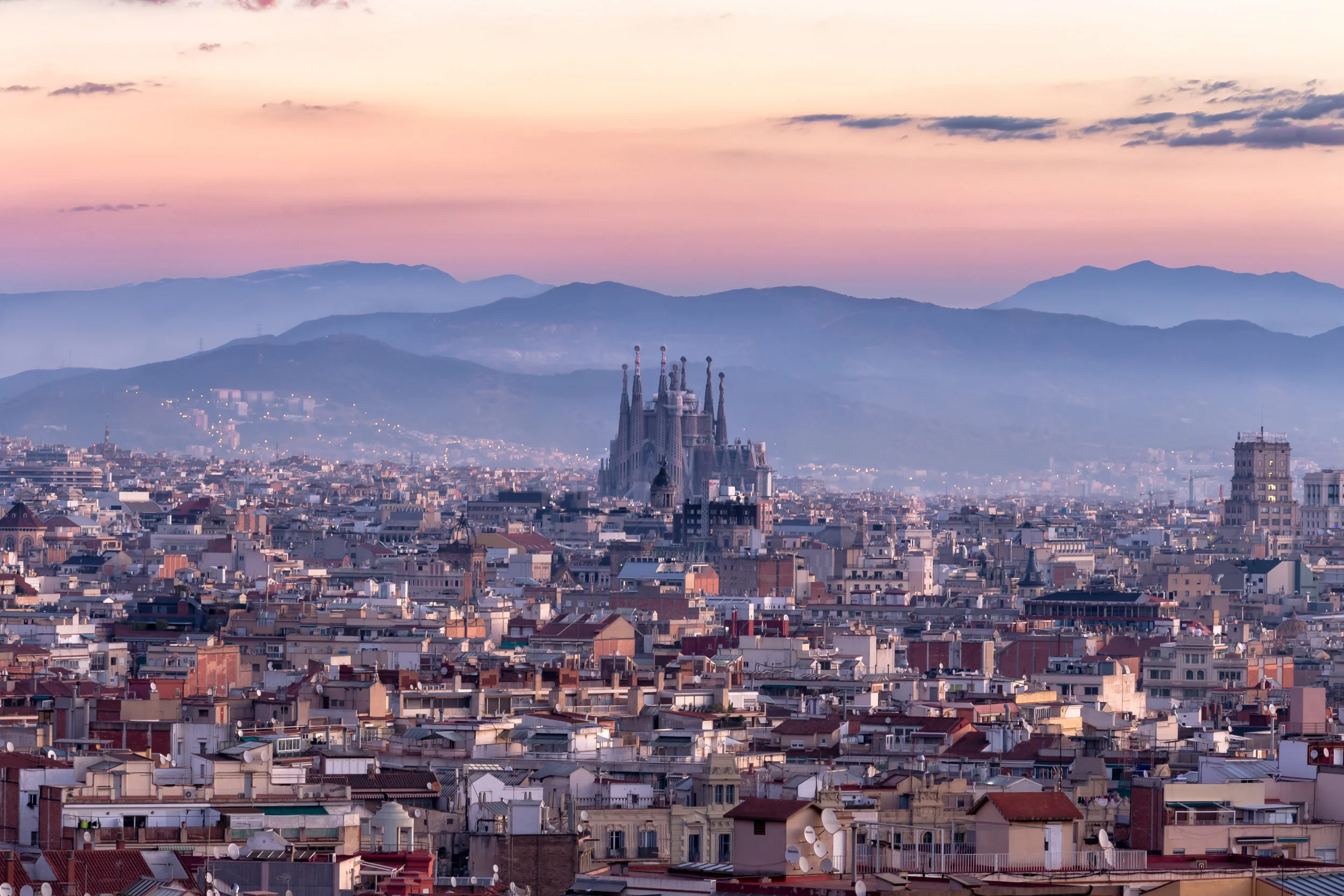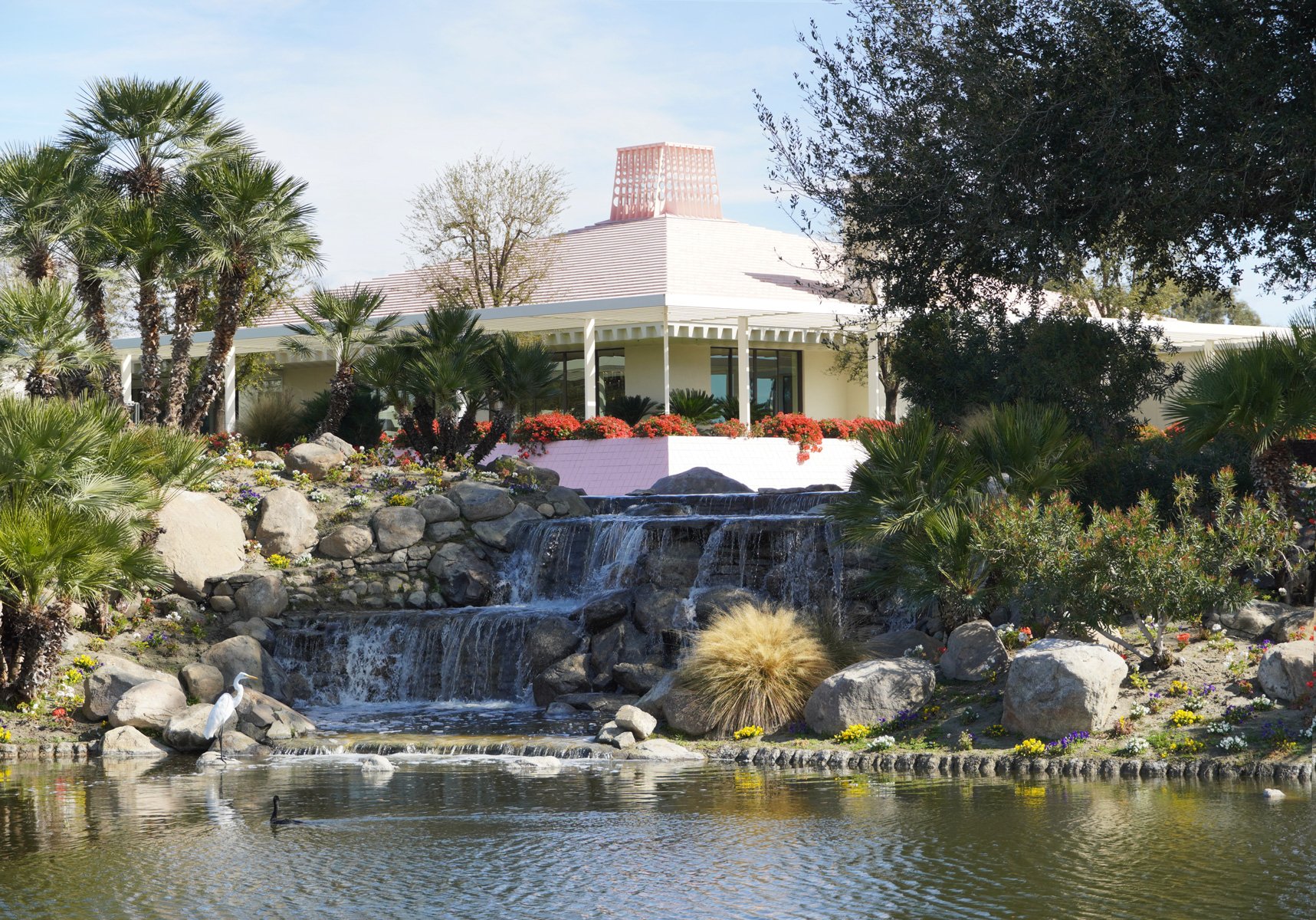Top Four Early Modern Architects in Southern California
Southern California's main strand of modern architecture can be traced back to the renowned architect Louis Sullivan. A lineage of disciples coming out of Sullivan’s office in Chicago would migrate west to Southern California and lay the foundations for the modern California aesthetic we know today.
Irving Gill
One of the earliest disciples of Louis Sullivan to bring modernism to Southern California was Irving Gill. As a young draftsman, Gill worked under the supervision of Sullivan and his chief draftsman Frank Lloyd Wright. (Wright was working in Sullivan’s office at the time.) Gill worked endless hours at Sullivan’s office and soon found himself ill. Irving’s doctor forced him to move to warmer climates in the winter to escape the cold weather in Chicago, hoping it would help cure his illness. Gill moved to Southern California, where he soon started picking up his own commissions from wealthy patrons in the area.
Gill established his name in Southern California through commissions such as the Barker House, The Dodge House, and Horatio West Court. Although Irving Gill was one of the first to bring modernism to Southern California, his work didn’t gain the level of notoriety that would be achieved by those that followed.
Wright’s commissions in Southern California started with the daughter of a wealthy oil tycoon. Her name was Aline Barnsdall. Barnsdall would commission Wright to design a large theater complex on a plot of land in Hollywood called “Olive Hill.” The main house in the development would become known as the Hollyhock House. Over the next few years, Barnsdall would commission more work from Wright. Although most of these would never be built, his relationship with Barnsdall positioned him at the center of a prestigious social circle. It would lead to future commissions with other clients in the area.
During this time, Wright would design the Ennis, Millard, Storer, and Freeman houses, all of which pulled references from the pre-Columbian architecture of Mexico. These houses would become known as the textile block houses and remain vital pieces of early modern architecture in Southern California.
In 1918, Schindler left Europe and traveled to Chicago to start work at Wright’s office. After working at his studio for several years, Wright asked Schindler to move to Los Angeles in December 1920 to supervise Wright’s projects in Southern California. Schindler and Lloyd Wright (Frank Lloyd Wright’s son) worked on several textile block houses together, most notably the Hollyhock House. Over time he and his wife Pauline gradually became more and more attached to Southern California. Rudolph and Pauline cemented their roots in California after constructing their own house. Schindler would become one of Southern California’s most notable modern architects with works such as the Lovell Beach House and Kingsroad House.
In 1914, a young Viennese Architect named Richard Neutra was flipping through a publication when he saw Frank Lloyd Wright’s work in Chicago and Wisconsin. Neutra became fascinated with the work and began planning his migration to America.
Neutra eventually made the trek in 1923. He traveled to Chicago and began a pilgrimage to all of Wright’s buildings. Neutra finally met Wright at the funeral of a mutual colleague and renowned architect, Louis Sullivan. Wright would eventually offer Neutra a job at his studio in Taliensin. After several years working for Wright, Neutra and his family moved west to California. They reunited with Schindler and moved to the Kings Road House in West Hollywood with Rudolph and Pauline. Neutra and Schindler began minor collaboration on a series of projects that Schindler already had and a few competitions from which they began to accrue notoriety in Los Angeles. After some time, Neutra and Schindler would go their separate ways. Richard Neutra would go on to design some of the most notable icons of modern architecture, including the Kauffman Desert House, Lovell Heath House, Kronish House, and VDL Research House.
Kaufmann House by Richard Neutra
Photography by Joe Fletcher
Irving Gill, Frank Lloyd Wright, Richard Neutra, and Rudolph Schindler were the main bloodlines of modern architecture in southern California in the early 1900s. Many architects such as John Lautner, Raphael Soriano, and Gregory Ain and Harwell Hamilton Harris came from this lineage and contributed to the rich array of modern architecture in Southern California that we have today.
Please let us know if you notice any errors or inaccuracies in the information presented. We strive to provide you with the most historically accurate material possible.
References
Architecture of the sun: Los Angeles modernism, 1900-1970 Thomas Hines - Rizzoli – 2010
Modern architecture since 1900 William Curtis - Phaidon - 2013





















Principal and Architect of ROST Architects, Mitchell Rocheleau, discusses the significance of The Grand Louvre designed by Architect I.M. Pei, the history of the Louvre, design process, design theory and ideas behind the project.